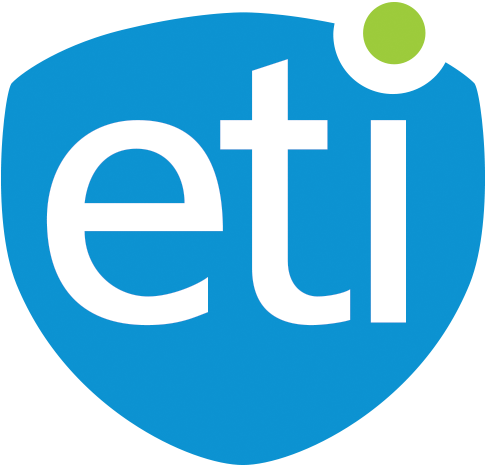All Points Broadband, a long-time network operator supplying fixed wireless and data services to the Eastern United States accepted the challenge to bring broadband to surrounding counties and thousands of unserved residents. Backed by state, federal and private equity funding, All Points sought to construct a greenfield 5,000-mile regional fiber-to-the-home broadband network to bring access to 100,000 unserved locations across 8 counties.
Challenges
Aggressive timeline: All Points and its public and private partners set an aggressive schedule to deploy the much-needed broadband to these regions. To meet compliance deadlines and compete with worsening supply chain issues All Points knew executing prompt and on-budget construction plans was paramount.
Control OpEx: All Points understood that the long-term viability of broadband networks is a function of the reliability and affordability of the systems. Therefore, designing and deploying network infrastructure and system with the lowest possible operating expense profile was critical.
Complex/Legacy IT: Having existing infrastructure and systems supporting its current fixed wireless business, All Points sought to reduce IT complexity by consolidating legacy systems and disparate data sources as well as streamline process and operational complexity wherever possible.
Solution
After extensive third-party analysis, All Points decided that ETI would be the foundation for growth.
They deployed ETI’s Smart B/OSS service management platform including:
- a branded subscriber portal
- order management process
- field service/mobile field service tools
- provisioning/service activation and device management
- customer engagement module
- CRM and marketing automation
- inventory management and control
- construction management
- billing, finance/ERP and payment processing
Outcomes
Accurate reporting: Financial and inventory reporting improves supply chain management, including compliance reporting to public and private funding partners.
Industry standards: ETI’s Smart B/OSS is based on TM Forum data models, workflows, and business/operational processes to ensure best practices.
Empower subscribers: Via convenient self-service web portal and mobile app.
Streamline installations: During installs, Smart B/OSS enables field engineers to remote test devices, ensuring the best possible day one experience.
QoS monitoring: Smart B/OSS provides visibility into KPIs collected from customer equipment helping to assess and compare customer quality of service to benchmarks.
Visibility into network health: Individual customer equipment performance is aggregated to monitor the health of the entire network.
Remote fault resolution: Tools and intelligence allow CSRs to test, diagnose and resolve issues without the need for on-site visits.




